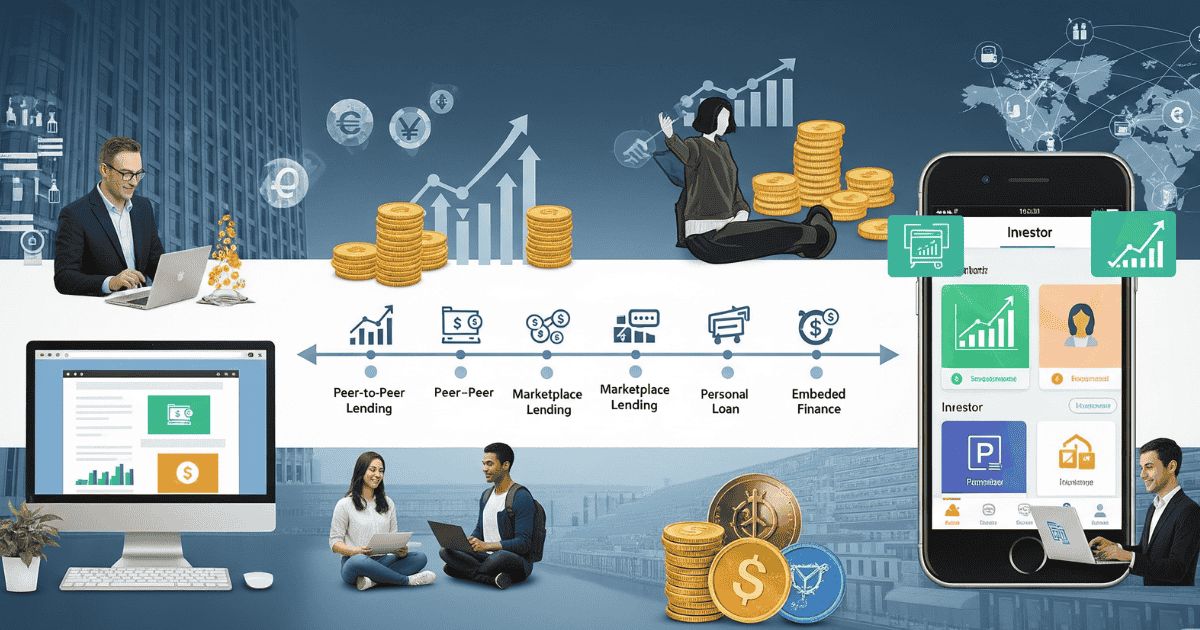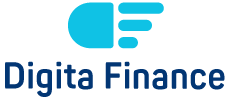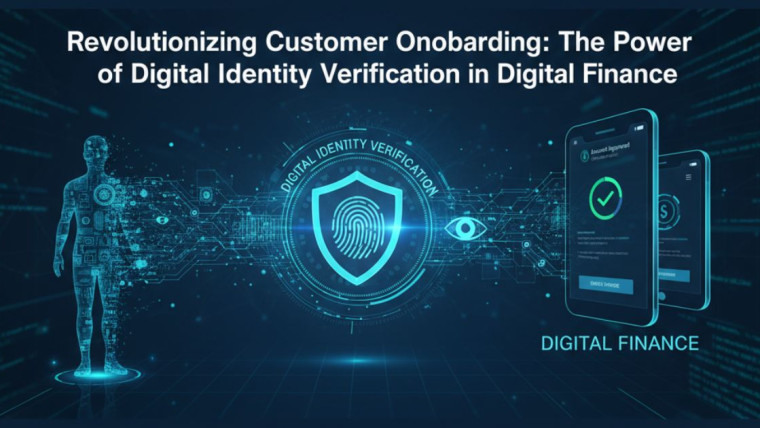The banking industry stands at a pivotal moment. Traditional lending processes that once took weeks now compete with digital platforms offering instant approvals. Customer expectations have shifted dramatically, with borrowers demanding the same seamless experience they receive from their favorite apps and online services.
This transformation isn’t just about convenience—it represents a fundamental reimagining of how financial institutions operate. Banks that fail to adapt risk losing market share to agile fintech competitors who understand the digital-first mindset of modern consumers.
The future of digital lending isn’t approaching; it’s already here. Forward-thinking banks are leveraging advanced technologies to streamline operations, enhance customer experiences, and unlock new revenue opportunities. Those still relying on paper-heavy processes and manual underwriting find themselves increasingly disadvantaged.
This comprehensive guide explores the critical digital lending trends reshaping the banking landscape. You’ll discover actionable insights about emerging technologies, evolving customer expectations, and strategic approaches that will determine which institutions thrive in the digital economy.
The Current State of Digital Lending

Digital lending has evolved from a niche fintech offering to a mainstream banking necessity. According to recent industry data, online lending platforms processed over $350 billion in loans globally last year, representing a 25% increase from the previous year.
Traditional banks initially dismissed digital lending as a threat to smaller market segments. However, the rapid adoption across all demographics has forced a reassessment. Millennials and Gen Z consumers expect instant gratification, while even older generations appreciate the convenience of applying for loans from their smartphones.
The COVID-19 pandemic accelerated this digital transformation by years rather than months. Physical branch closures pushed both banks and customers toward online solutions, creating a permanent shift in lending behavior. Banks that had already invested in digital infrastructure gained significant competitive advantages during this period.
Customer acquisition costs through digital channels prove consistently lower than traditional methods. Online applications eliminate much of the overhead associated with physical branches while providing banks with rich data about customer preferences and behaviors.
What are Digital Lending Platforms?

A digital lending platform is a system that helps banks and financial companies give loans online. It handles the whole process—from application to approval and disbursement—without heavy paperwork. These platforms use automation and data to make loan decisions faster and more accurately.
With a digital lending platform, customers can apply for loans from their phones or computers anytime. Banks save time and reduce costs because everything runs smoothly in one place. They also stay secure and follow compliance rules. In today’s digital world, these platforms are a must for financial institutions that want to serve customers better and stay ahead of competitors.
Artificial Intelligence Revolutionizing Lending Decisions
AI in banking has moved beyond experimental phases into practical applications that directly impact profitability. Machine learning algorithms now analyze thousands of data points to assess creditworthiness more accurately than traditional credit scores alone.
Predictive analytics help banks identify potential defaults before they occur, enabling proactive intervention strategies. These systems continuously learn from new data, improving their accuracy over time and reducing false positives that previously led to qualified applicants being rejected.
Natural language processing tools analyze alternative data sources like social media activity, online behavior, and transaction patterns to build comprehensive borrower profiles. This approach enables lending to previously underserved populations who lack extensive credit histories but demonstrate financial responsibility through other indicators.
Automated decision-making systems process loan applications in minutes rather than days. Simple applications for pre-qualified amounts receive instant approvals, while complex cases get flagged for human review with detailed AI-generated risk assessments.
The integration of AI-powered chatbots throughout the application process provides immediate customer support and guidance. These systems handle routine inquiries, collect necessary documentation, and escalate complex issues to human agents when appropriate.
Enhanced Customer Experience Through Digital Innovation
Customer experience in digital lending has become a primary differentiator between successful and struggling institutions. Banks must design lending journeys that feel intuitive and reassuring while maintaining necessary security measures.
Mobile-first design principles now drive platform development. Loan applications optimized for smartphones feature simplified forms, document upload capabilities, and real-time status updates. Customers can complete entire lending processes without ever touching a computer.
Personalization engines deliver customized loan offers based on individual financial profiles and historical behavior. Rather than presenting generic product catalogs, successful platforms show relevant options with terms tailored to specific customer situations.
Digital identity verification streamlines the onboarding process while maintaining compliance standards. Biometric authentication, government ID scanning, and real-time verification databases reduce friction while preventing fraud.
Progress transparency throughout the lending process significantly improves customer satisfaction. Clear timelines, milestone notifications, and proactive communication about any delays help manage expectations and reduce anxiety associated with loan applications.
Fintech Solutions Driving Innovation
Fintech solutions continue pushing traditional banks toward more innovative approaches to lending. These technology companies bring fresh perspectives unburdened by legacy systems and regulatory traditions.
API-first architectures enable rapid integration of new services and features. Banks can now incorporate advanced analytics tools, alternative data sources, and specialized lending platforms without rebuilding their entire infrastructure.
Blockchain technology offers potential solutions for loan documentation, smart contracts, and cross-border lending scenarios. While still emerging, early implementations demonstrate promising results for transparency and efficiency improvements.
Open banking initiatives create opportunities for collaboration between traditional institutions and fintech innovators. Rather than viewing these companies as competitors, smart banks partner with specialized providers to enhance their digital capabilities.
Cloud-based lending platforms provide scalability and flexibility that on-premises systems cannot match. Banks can rapidly deploy new features, handle traffic spikes, and access global infrastructure without massive capital investments.
Dig Deeper: How Digital Finance and FinTech Improve Financial Inclusion
Regulatory Compliance in Digital Environments
Banking technology innovation must navigate complex regulatory landscapes that vary by jurisdiction and loan type. Successful digital lending platforms build compliance into their core architecture rather than treating it as an afterthought.
Automated compliance monitoring systems track regulatory changes and adjust lending criteria accordingly. These tools help banks maintain consistent adherence to fair lending practices, data protection requirements, and risk management standards.
Digital audit trails provide comprehensive documentation of lending decisions and customer interactions. Regulators increasingly expect banks to demonstrate that AI-driven decisions don’t create discriminatory outcomes or violate consumer protection laws.
Data governance frameworks ensure customer information receives appropriate protection throughout the lending lifecycle. Privacy regulations like GDPR and CCPA require careful handling of personal data, especially when using alternative data sources for underwriting decisions.
Real-time reporting capabilities help banks respond quickly to regulatory inquiries and demonstrate ongoing compliance. Digital systems can generate detailed reports about lending patterns, risk assessments, and customer outcomes that would be impossible with manual processes.
Online Lending Platforms and Market Evolution

Online lending platforms have fundamentally altered competitive dynamics in the financial services industry. Banks must understand these changes to develop effective response strategies.
Platform ecosystems integrate multiple financial services beyond basic lending. Successful platforms offer checking accounts, investment products, insurance options, and financial planning tools that create comprehensive customer relationships.
Marketplace lending models connect borrowers directly with multiple potential lenders, increasing competition and reducing margins. Banks must differentiate themselves through superior customer service, specialized expertise, or unique product offerings.
Embedded finance solutions integrate lending capabilities into non-financial platforms and applications. Banks can partner with e-commerce sites, software providers, and other businesses to offer credit at the point of need.
Data network effects create competitive advantages for platforms with large customer bases. More users generate more data, which improves underwriting accuracy and enables better product development, creating a self-reinforcing cycle of improvement.
Security and Risk Management Innovations
Digital lending platforms face sophisticated security threats that require advanced protection measures. Banks must balance security requirements with user experience expectations to create trustworthy systems.
Multi-factor authentication protocols verify customer identities without creating excessive friction. Biometric authentication, device fingerprinting, and behavioral analysis help prevent unauthorized access while maintaining convenience.
Real-time fraud detection systems monitor transactions and application patterns to identify suspicious activity immediately. Machine learning algorithms learn from historical fraud patterns to recognize new threats as they emerge.
Cybersecurity frameworks protect against data breaches, system compromises, and other digital threats. Banks must invest in robust security infrastructure and maintain constant vigilance against evolving attack vectors.
Risk assessment models incorporate cybersecurity factors alongside traditional credit risk considerations. Digital lending platforms must evaluate the security implications of new technologies and integration points.
Preparing Your Institution for the Future
Digital banking future success requires strategic planning and systematic transformation rather than piecemeal technology adoption. Banks must develop comprehensive roadmaps that address technology, processes, and organizational culture.
Staff training programs ensure employees understand new technologies and customer service approaches. Digital transformation succeeds only when human team members can effectively support and enhance automated systems.
Infrastructure modernization projects replace legacy systems with flexible, scalable platforms capable of supporting future innovations. Banks should prioritize interoperability and API connectivity when making technology investments.
Partnership strategies help banks access specialized expertise and accelerate digital transformation timelines. Collaboration with fintech companies, technology vendors, and consulting firms can supplement internal capabilities.
Customer feedback loops provide ongoing insights about digital lending experience quality and improvement opportunities. Banks must actively solicit and respond to customer input to maintain competitive positioning.
Embracing the Digital Lending Revolution
The future of digital lending rewards institutions that embrace change while maintaining their commitment to customer service and financial responsibility. Banks that successfully navigate this transformation will discover new opportunities for growth, efficiency, and customer engagement.
Success requires more than technology adoption—it demands organizational transformation that puts digital-first thinking at the center of strategic planning. This means reimagining processes, retraining staff, and rebuilding customer relationships around digital touchpoints.
The competitive landscape will continue evolving rapidly as new technologies emerge and customer expectations advance. Banks that establish strong digital foundations today position themselves to adapt quickly to future changes and opportunities.
Start by assessing your current digital lending capabilities against the trends outlined in this guide. Identify the gaps between your existing systems and the customer expectations of tomorrow. Then develop a comprehensive plan that addresses technology, processes, and organizational culture in parallel.
The digital lending revolution offers tremendous opportunities for banks willing to embrace change and invest in their technological future. The question isn’t whether to participate—it’s how quickly you can transform your institution to thrive in the digital economy.








Revolutionizing Customer Onboarding: The Power of Digital Identity Verification in Digital Finance
Cybersecurity in Digital Finance: A Guide to Asset Protection
Understanding Digital Financial Innovation and Its Impact
The Rise of RegTech: FinTech Compliance Tools You Need to Know
Digital Identity Verification in Finance: Enhancing Security and Compliance
Revolutionizing Customer Onboarding: The Power of Digital Identity Verification in Digital Finance
Embedded Finance in 2026: How Digital Platforms Seamlessly Integrate Financial Services
How Fintech Is Revolutionizing Small Business Financing